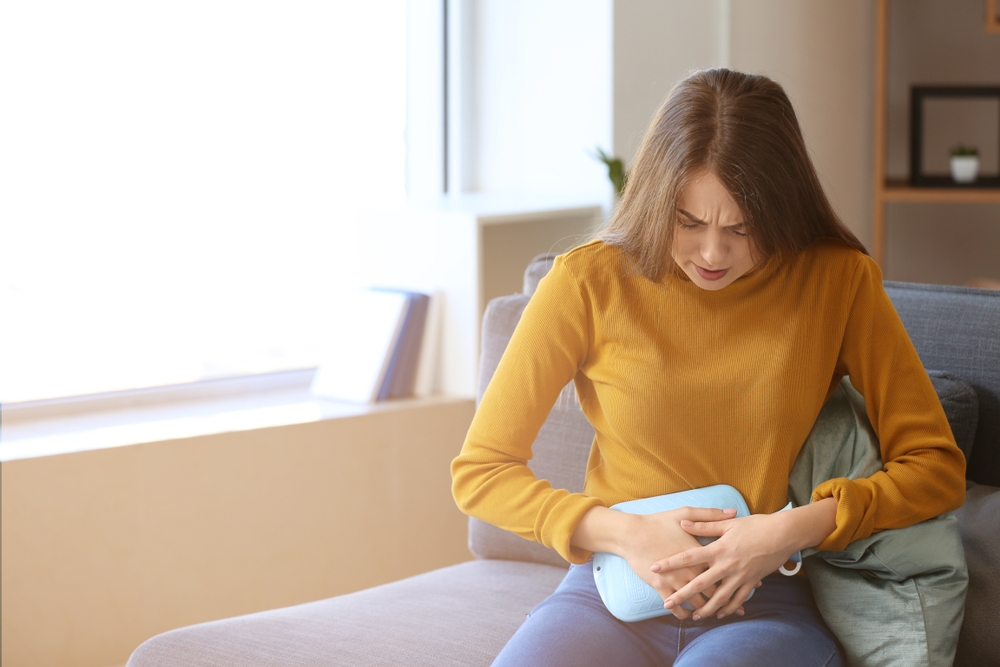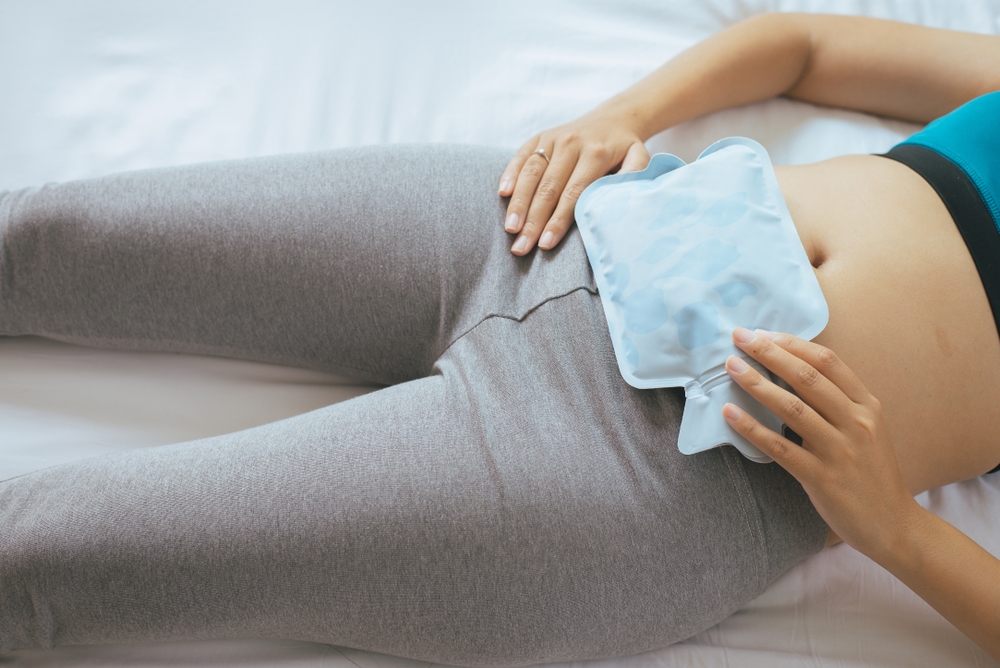
Dysmenorrhea is an unspeakable pain for many women…
As a result, some people have become self-taught and have mastered many [correct ideas] about dysmenorrhea. But are these popular [correct ideas] true or false?
First, dysmenorrhea is the same, endure it and pass.
Dysmenorrhea is divided into primary and secondary.
Primary dysmenorrhea refers to dysmenorrhea without organic pathological changes in reproductive organs, accounting for more than 90% of dysmenorrhea.
Secondary dysmenorrhea refers to dysmenorrhea caused by pelvic diseases. Common diseases are endometriosis and adenomyosis. This dysmenorrhea needs treatment.
Second, young girls suffer from dysmenorrhea and will get better when they get married.
Adolescent dysmenorrhea is mostly primary dysmenorrhea. The occurrence of primary dysmenorrhea is mainly related to the increase of prostaglandin content in endometrium during menstruation, and has nothing to do with marriage or sexual life.
Three, give birth to a child, dysmenorrhea is good
Some young women’s dysmenorrhea is primary dysmenorrhea caused by physical reasons. If vaginal delivery is chosen when giving birth, cervical canal will be dilated during delivery, which may improve the problem of poor menstrual blood. In addition, the whole pregnancy process may improve the abnormal position such as excessive flexion of the uterus, so some children will have dysmenorrhea after life.
However, if it is secondary dysmenorrhea, that is, dysmenorrhea is caused by some diseases, giving birth to children will not help, the pain will still be painful. Moreover, some women do not have dysmenorrhea, but childbirth (whether natural delivery or caesarean section) may cause adhesion of cervix or uterine cavity, thus starting dysmenorrhea after giving birth.
Therefore, not all women will have dysmenorrhea after giving birth.
Four, long-term dysmenorrhea will lead to infertility
Not necessarily.
If it is primary dysmenorrhea, it will not affect normal ovulation and pregnancy.
However, the infertility rate of patients with secondary dysmenorrhea is significantly increased. For example, the infertility rate of patients with dysmenorrhea accompanied by endometriosis is as high as 40%.
Five, dysmenorrhea can’t take painkillers
Yes. Yes. Yes. Say the important thing three times.
Antipyretic analgesics (such as ibuprofen) can be used to relieve dysmenorrhea.
However, please make sure it is dysmenorrhea before taking painkillers. Otherwise, if it is pain caused by other reasons, it may really cover up the illness and delay treatment. If you have inexplicable stomachache, please go to the hospital for a definite diagnosis first.

Six, drink brown sugar water, hot compress can relieve dysmenorrhea
The raw material of brown sugar is sugar cane. More than 95% of brown sugar is sucrose, and it also contains vitamins and trace elements. It has no other special effect except to supplement energy.
Hot compress has certain vasodilating effect, which may help relieve dysmenorrhea, but the effect is not exact. For persistent dysmenorrhea, hot compress, brown sugar water and other methods cannot be blindly used, and the type of dysmenorrhea should be clarified by going to the hospital.
Seven, dysmenorrhea can’t eat cold drinks
Drinking cold drinks and eating ice cream during dysmenorrhea are not taboo, and no research shows that the so-called [catching cold] will aggravate the symptoms of dysmenorrhea.
In addition, it should be emphasized that these situations also vary from person to person, and some people may feel more uncomfortable after eating cold drinks.
Eight, dysmenorrhea to rest, can’t exercise
Women can exercise during menstruation, but they should choose the right exercise style and intensity.
Moderate exercise can not only relax the mood, but also promote blood circulation, relax muscles, improve pain tolerance and pleasure, and even relieve dysmenorrhea to some extent.
Menstrual exercise should choose the right way, and reduce the intensity of exercise, reduce the exercise time.
Responsible Editor: BruceLi
